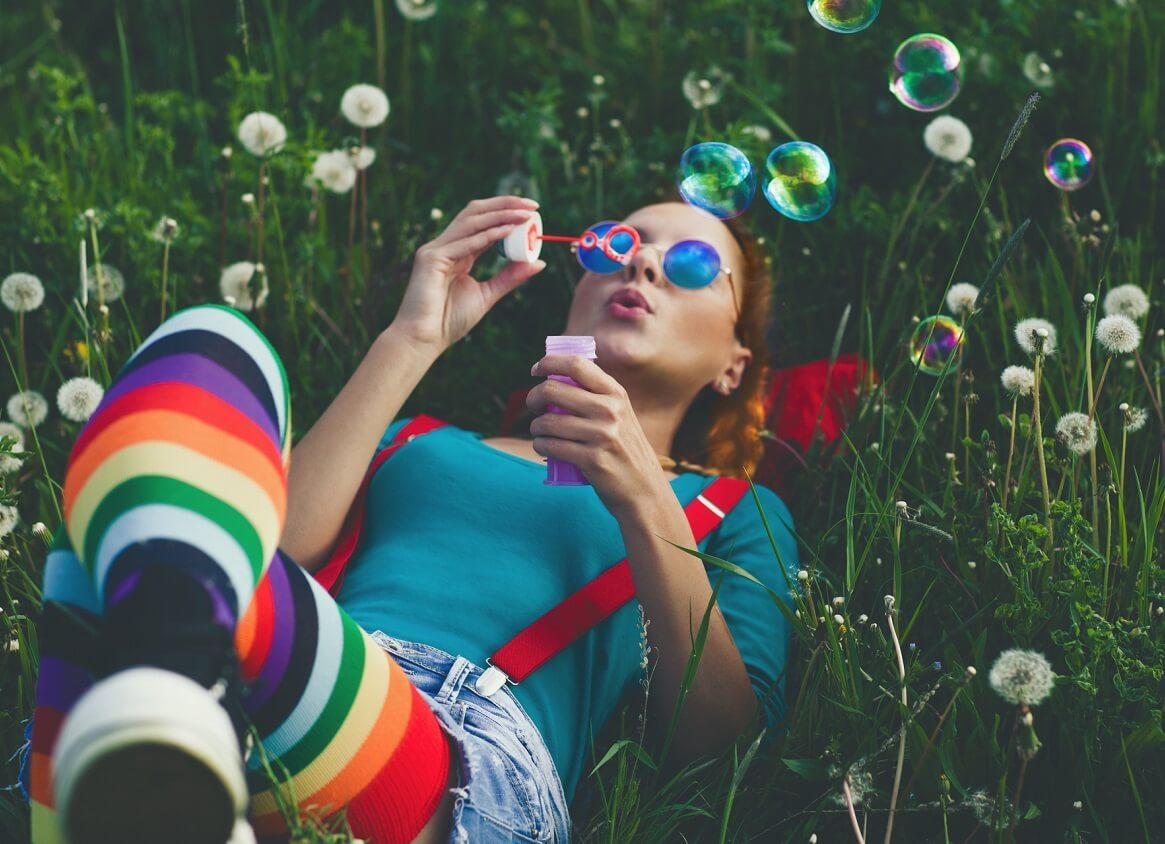Has a color ever made you feel a particular way? I once drove a red car and I was told that people who drive red cars elicit more aggressive reactions on the road. Does that mean red is an aggressive color? Red is considered a warm color along with yellow and orange, which are close together on the color wheel. Red, yellow and orange are bold and often represent happiness, optimism and energy. According to the design blog, 99designs, stop signs, hazard warnings and barrier tape are red, yellow, or orange because these colors also attract attention and trigger action. Blue, green and purple are all considered cool colors, known to be calming and soothing.

Pantone Color of the Year
Since 2000, Pantone has picked a “color of the year”. The concept was created to engage the design community and color lovers around the world in conversations around color, according to the Pantone Color Institute. The color of the year for 2023 is “Viva Magenta” and according to Leatrice Eiseman, Executive Director of the Pantone Color Institute, is “a new, animated red that revels in pure joy, encouraging experimentation and self-expression". This color will serve as an inspiration for fashion, industrial design and product packaging. The Pantone Color Institute describes their colors of the year in terms of emotional associations.
The Colors We Wear
It is very common to choose what color to wear based on personal mood. On gloomy days, you might reach for a gray sweatshirt, because gray is a subdued color. On a beautiful spring day, you may opt for a yellow sundress, because that is very fitting. This is because color is a very powerful tool for non-verbal communication and it is one of the ways we self-identify. We pick what to wear based on what we want others to know about us. Have you ever worn a particular color because it made you feel confident?
Connection to Health and Wellness
Understanding the psychological meaning of colors is relatively new and it helps to understand how colors affect the mind and body. According to this verywellmind.com article, certain colors have been associated with physiological changes, including increased blood pressure, increased metabolism and eyestrain. Much research on the psychology of color has explored how colors affect our emotions and how responses to colors are influenced by factors such as age and cultural background. It's important to keep this in mind when making color decisions. You may want to think twice about colors that trigger negative emotions vs. positive emotions. For example, if yellow makes you feel anxious, it may be a sign that you need to avoid that color. If a particular color makes you happy, that could be a sign to incorporate it into your routine. In many cultures, color is used as a form of therapy to heal. Verywellmind.com notes that several ancient cultures, including the Egyptians and Chinese, practiced chromotherapy, the use of colors for healing.
Spring Color Palette
This got me thinking about what colors we should expect in Spring 2023. Spring seasonal color palettes are often filled with warm colors, like reds, yellows, oranges and neutral colors. such as ivory, cream, camel and sheer browns, as well as pastels. This Spring season, Marie Claire magazine reports that deep azure (a saturated deep cobalt color) and hot pink (described as an array of deep fuchsia) are to be expected in the fashion scene. The Marie Claire article wraps up with mentions of a pastel shade lavender, a pale-yellow, referred to as "mellow yellow" and a shade of red, which they call "true red". Be sure to keep an eye out for these colors as they will be a source of inspiration for fashion, interior design and everyday life.
